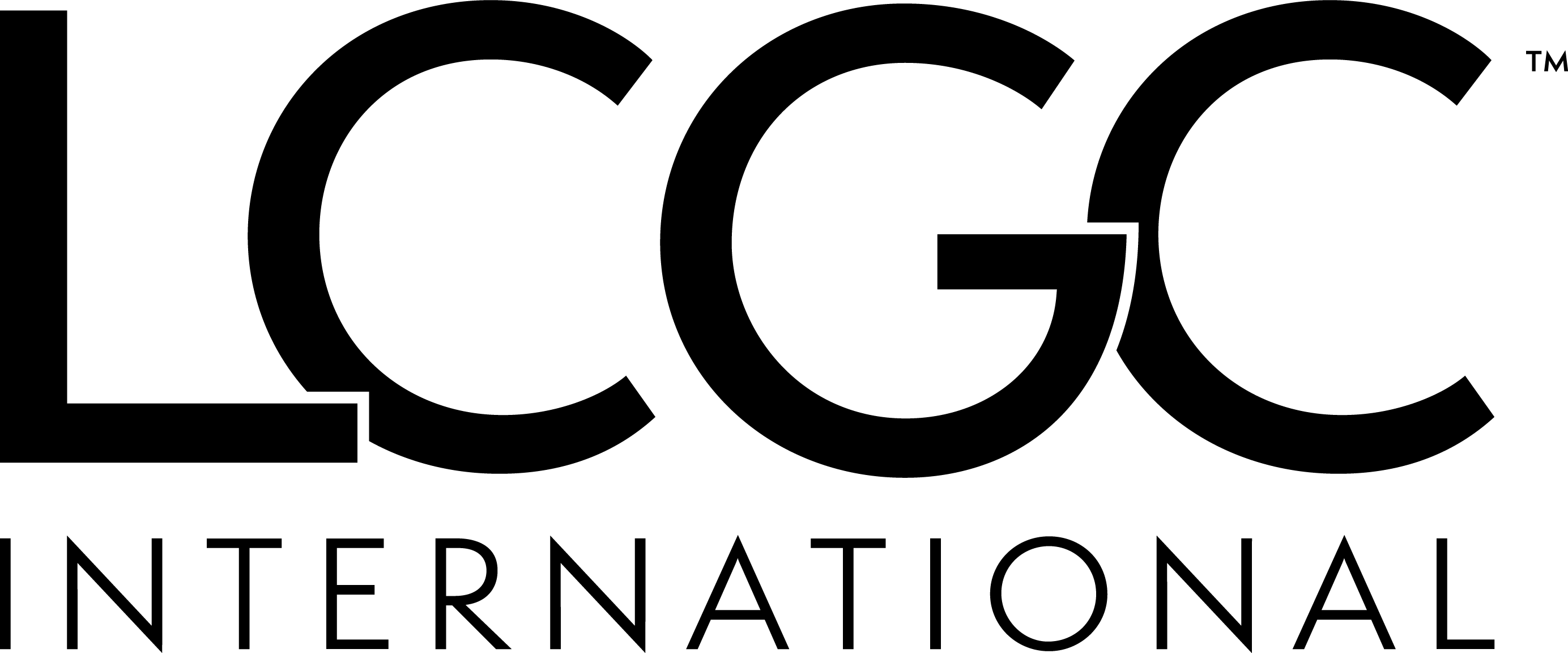
Whitepapers




A top 5 sponsor turned to WCG to recruit expecting mothers for its Phase III RSV vaccine trial. WCG support covered multiple countries and contributed almost one third of overall randomizations in the supported countries, bringing the study in ahead of schedule despite delays due to COVID-19 impacts on RSV seasonality. The sponsor met study timeline past enrollment by continuing to work with WCG’s retention support.

Find out if you’re working with the right IRB.

A sponsor needed to get their Phase II dermatology study enrollment back on track. The study was underway for 11 months across 32 sites globally with only 20 subjects enrolled to date. With WCG support, enrollment was concluded 24 months ahead of schedule.

A top 5 sponsor was falling behind on data entry for their global oncology portfolio, which included 130+ sites and 100+ protocols. WCG supported data entry and query resolution for 130+ sites, resolving data entry backlog in time for interim analyses.

A sponsor’s glaucoma and ocular hypertension studies were behind on enrollment. The sponsor had started an outreach campaign which was not providing the desired results. WCG developed a new recruitment strategy mid-study comprised of a multi-channel outreach campaign.

Get the initial IRB submission right the first time.

Recruitment and retention may appear to be simplistic in their primary functions. However, for these two processes to be successful, they must be applied in a way that resonates with the individuals that are stepping up to participate, whether that be out of a desire to impact the health of others or to provide treatment options for their own health condition. By adding people to the equation, we are adding variables of infinite complexity. Thus, an absence of process or lack of experience in one area can significantly affect others, leading to a cascade of problems that undermine recruitment and retention plans.

As the clinical trial recruitment landscape continues to evolve, patient recruitment remains a critical challenge. More innovative screening strategies can improve recruitment and enhance the quality of clinical research.

Increased interest in cell and gene therapies has led to a greater demand for expertise to help sponsors, CROs, and sites coordinate human gene transfer (HGT) research. Compared to clinical trials with older, more traditional classes of drug products, there are important similarities and differences in requirements for safe and ethical conduct of clinical trials of gene therapy and related modalities.


Are you tired of clinical trial technology that slows down processes? Are your sites looking for more intuitive solutions? At YPrime, we’ve taken a deep dive into site experiences and perspectives, sharing ways to bridge the gap between sponsors, sites, and patients, to foster a more efficient clinical trial process.


The current oncology and hematology drug development pipeline features a wide array of large molecule therapeutics. As a result, clinical trial protocols have grown more complex, requiring sponsors, CROs, and research sites to tackle a variety of challenges that were less common with older, more traditional therapies.


Do you leverage a quality-first mindset as you evaluate clinical trial technology? When you evaluate eCOA and IRT solutions, quality cannot be ignored, as choosing poorly can lead to data integrity issues, regulatory roadblocks, and costly delays that can postpone potentially lifesaving treatments. How can you ensure your clinical trial technology partner prioritizes quality throughout the clinical research journey? This checklist is your guide to choosing a quality-first solution.

As drug development costs continue to escalate, sponsors are incentivized to find less expensive approaches to develop their assets. FSP models provide increased operational and resourcing flexibility and different pricing plans in comparison to traditional full-service CRO offerings.

Large CROs operate with a one-size-fits-all approach. When this no longer worked for a late-stage clinical biopharmaceutical company, they turned to Catalyst Flex to design a tailored solution to meet the safety needs of this rescue study.

Speed is critical in clinical drug development. With a strong pool of resources, Catalyst Flex is able to efficiently and effectively resource studies. Learn more about this rapid rescue transition to deploy clinical research associates (CRAs) to 95 clinical sites within weeks.

This article explores the strategic importance of FSPs in clinical research, emphasizing their contributions to cost efficiencies, the acceleration of drug development, and technological innovation in trial management. Learn how FSPs provide numerous advantages.

Development timelines are often extremely compressed, leading to the need for a strategic and nimble outsourcing partner. Learn how Catalyst Flex successfully completed this study ahead of planned timelines and with high-level results that confirmed the desired study endpoints were met.

Discover how streamlining patient screening can help accelerate clinical trials. Simplifying and improving the patient journey and optimized screening processes can help improve clinical trial efficiency and stakeholder experience.

This eBook will discuss three key ways that researchers can implement AI to address data challenges, improve patient safety and outcomes, and accelerate processes.

The sponsor’s clinical development team needed a flexible solution to quickly visualize patient and site data. Additionally, this solution would need to aggregate data into one “single source of truth” to inform better decision-making.

This white paper will explore the key challenges impacting clinical trial medical reviews from the perspective of Dr. Gareth Tomlinson, PhD, Director, Clinical Research Scientist at Taiho Oncology, Inc.

AI can be applied to patient data in real time, allowing medical reviewer teams to actively monitor patient safety, with the AI alerting medical review teams to identify potential adverse events (AEs), data anomalies, critical issues for patients on treatment, and more.

Data Volume, Complexity, Cost: Current Challenges in Clinical Trials and How Saama’s Patient Insights Can Help
Over the last two decades, clinical trials have increased in complexity by approximately 61%. Additionally, data volume has grown to be too complex and resource consuming to be processed manually. As a result, patient data is dispersed over so many various systems, that it’s impossible to get a clear picture of the patient, making it difficult to understand how they’re responding to treatment – thereby impeding a patient’s time to recovery.

By leveraging real-time data that offers unprecedented insights into physician behavior and patient outcomes, companies can gain a competitive advantage with prescribers. Alerts, powered by PurpleLab translates complex information into actionable insights, empowering companies to identify the right physicians to target, determine the most effective marketing strategies and ultimately improve patient care.

.png)



.png)



.png)
.png)
